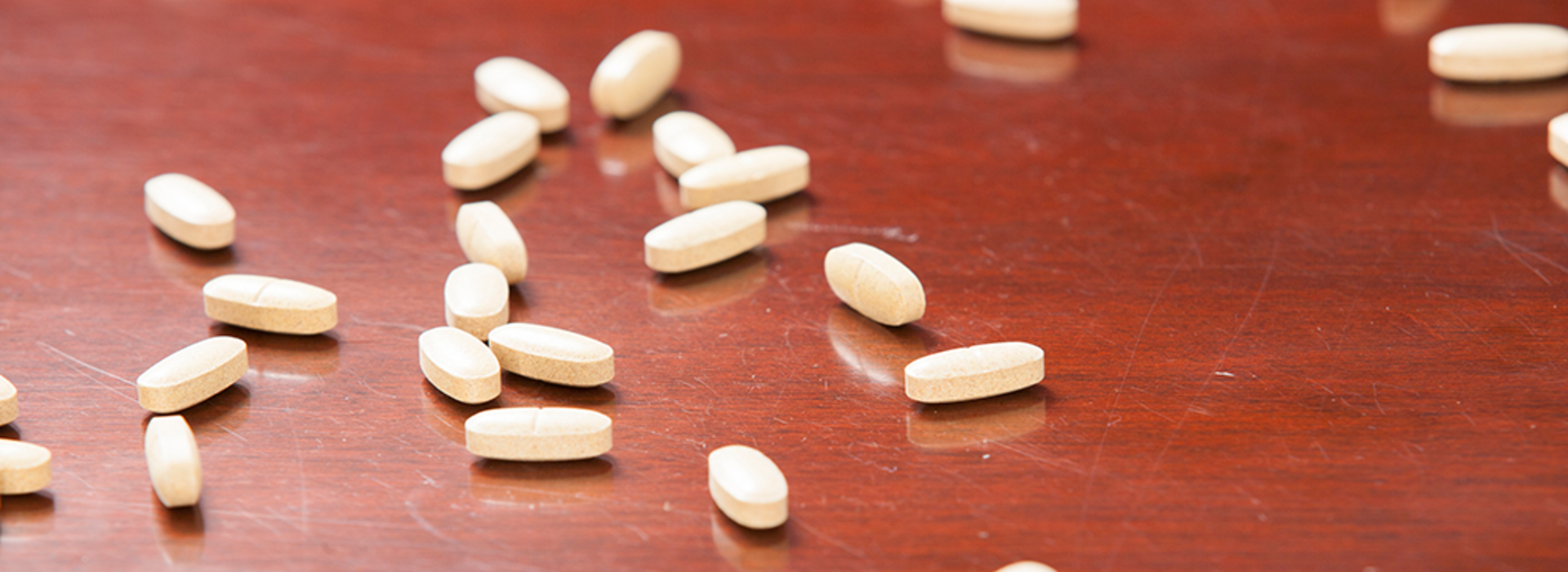
Study Analyzes if Telemedicine is Efficacious in Treating Opioid Use Disorder
COVID-19 stunted access to healthcare for millions of people, particularly those who were already underserved. While the virus raged on throughout the country, another health crisis continued to persist — the opioid epidemic. Many battling opioid use disorder (OUD) were suddenly thrown into an uncertain healthcare situation.
Thankfully, telemedicine initiatives have been implemented to try and keep care accessible for those who need it most. Federal and state agencies have temporarily allowed unprecedented flexibility for the use of telemedicine, including audio-only visits, for encounters where OUD medications are prescribed.
Cuong Pham, MD, an assistant professor in the Department of Medicine’s Division of General Internal Medicine at the University of Minnesota Medical School, is analyzing telemedicine’s efficacy for patients with OUD during COVID-19.
Dr. Pham witnessed an increase in overdoses at the Community-University Health Care Center several years before COVID-19 arrived, which led him and another colleague, Ryan Kelly, MD, MS to pursue additional training so they could prescribe suboxone, a medication specifically used to treat OUD.
“We got really engaged and realized this was a service we needed for our community. It’s improved my way of interacting with different people, and I have become a better listener overall. I’ve learned to listen to a community with difficulties that I’ve never experienced myself and to engage with them to understand their barriers better,” Dr. Pham said.
Those barriers, such as not owning a cellphone with video capabilities, inaccessibility to wifi, lack of transportation and language comprehension, have all been exacerbated by the pandemic. People are also afraid to leave their homes because they fear catching the virus. “Any large event can disrupt access to care. When there’s a disruption, there also tends to be an overall increased use of drugs and more of a reliance on them to treat mental health issues,” Dr. Pham said.
An increased use in drugs and a decrease in access to care can quickly turn manageable situations into deadly ones, making a healthcare provider’s timely intervention crucial to preventing a relapse. Because of this, the United States Drug Enforcement Agency currently allows suboxone, and other common opioid treatments, to be prescribed through audio-only phone calls. The policy shift is temporary, but Dr. Pham’s research might demonstrate that it should be permanent.
Dr. Pham wants to know if phone calls are just as effective as video consultations or in-person visits and if the future of OUD treatment needs to shift because of the findings. The project is supported by a CO:VID (Collaborative Outcomes: Visionary Innovation & Discovery) grant, which catalyzes small-scale research projects designed to address COVID-19 and its associated risks.
For those who participated in virtual care, he developed a survey that will be given to hundreds of patients with OUD and providers who treat OUD over a two- to three-month period. Most questions are scaled with varying options of “agree” or “disagree” and focus on potential barriers and people’s perceptions of those barriers. The results will help inform stakeholders regarding the future of OUD treatment.
“This is the type of thing that lawmakers need to know about, as well as people in our local communities. We hope to show that different telemedicine visits are adequate, safe and maybe even preferred by patients and providers,” Dr. Pham said.
Thankfully, Dr. Pham and others recognized an urgent need to better understand the acceptability, preferences and barriers of different communication technologies. “For me it’s all about health equity and improving access to care for our patients. We’re stuck with the idea of using an office, but we really need to meet the patients where they're at,” Dr. Pham said.